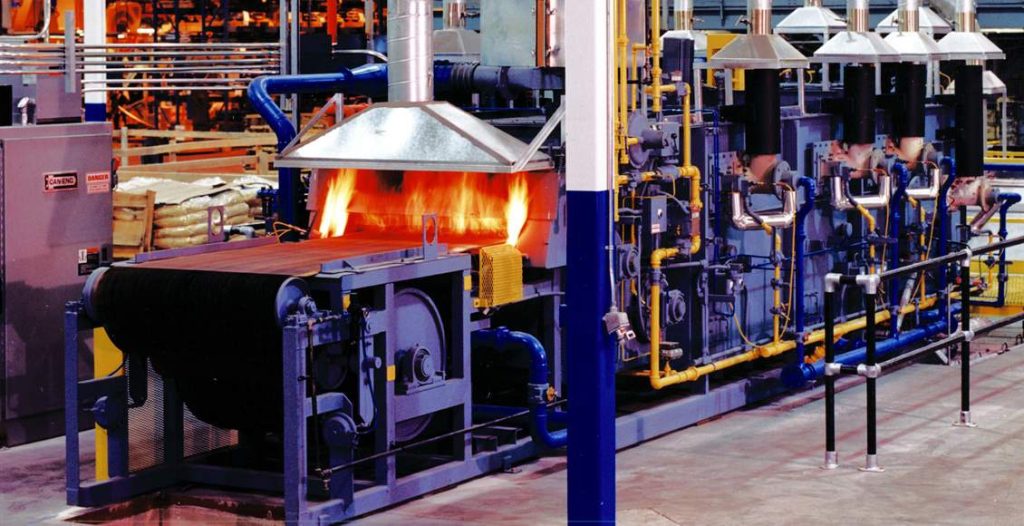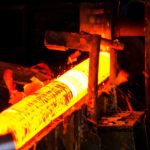Austempering is a heat treating process for medium-to-high carbon ferrous metals which produces a metallurgical structure called bainite. It is used to increase strength, toughness, and reduce distortion. Parts are heated to the hardening temperature, then cooled rapidly enough to a temperature above the martensite start (Ms) temperature and held for a time sufficient to produce the desired bainite microstructure.
Benefits
Austempering is a hardening process for metals which yields desirable mechanical properties including:
· Higher ductility, toughness, and strength for a given hardness.
· Resistance to shock
· Reduced distortion, specifically with thin parts.
Application & materials
Austempering is primarily used to harden medium to high carbon steels in the range of 35-55 HRC when toughness is required with the additional benefit of a reduction in distortion. The process is widely used in the automotive industry for clips and other parts where maximum flexibility and toughness are required.
The range of austempering applications generally encompasses parts fabricated from sheet or strip of small cross section. Austempering is particularly applicable to thin section carbon steel parts requiring exceptional toughness.
Austempering is most effective on medium to high carbon ferrous alloys and ductile iron castings, such as SAE 1045 to 1095, 4130, 4140, 5160, 6150 (C45 to C100, 25CrMo4, 42CrMo4, 50CrV4) and for hardness requirements needed in between HRC 38-52.
Process details
Steel is austempered by:
· Heating to a temperature within the austenitising range, usually 790°-915°C (1450 -1675°F).
· Quenched in a bath (molten salt, or occasionally oil) maintained at a constant temperature, usually in the range of 260°-370°C (500-700°F).
· Held for a time to allow transformation to a bainite microstructure.
· Cooled to room temperature.


